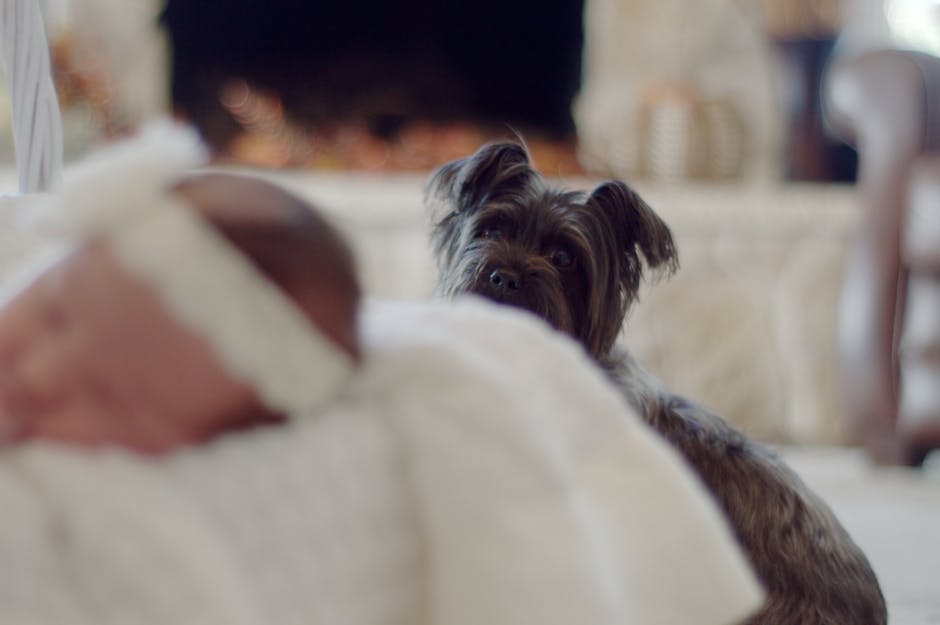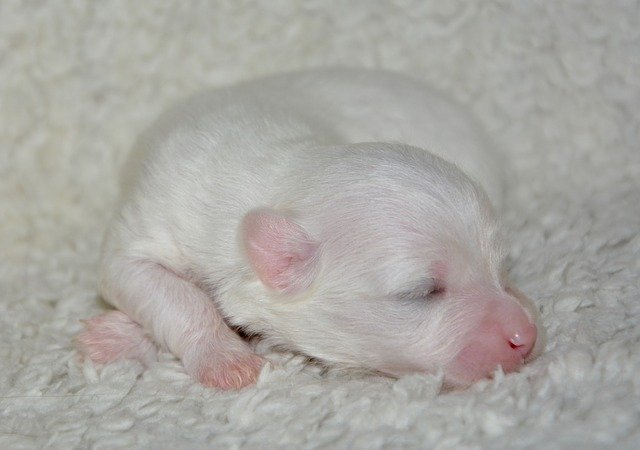
Once you get your dog home, you should immediately start training a dog. Proper training of a dog is a basic need and if you are wondering how to train a dog, you should be prepared that it is a big project and you need to go through each step slowly. In this article, we shall only focus on crate training. Once your puppy is crate trained, we will proceed to other niches in our puppy training guide.
Puppy Training Guide – Crate Training

Crate training a puppy may seem a bit tough initially, but it is the first step towards teaching your dog discipline and obedience. A crate can limit your dog’s access to the entire house and also protect him from other pets in the house for some time. Crate training also helps your dog to refrain from getting too nervous or anxious and also stop him from chewing on your furniture or upholstery. A crate is also very useful in transporting your dog in a car and also making him feel secure. Eventually, he will accept the crate as his safe place.
Selecting A Crate For Training A Puppy

Crates can be made of plastic, bamboo or metal pens. You might even find collapsible crates that can be folded and kept away when not in use. You will find all kinds of sizes and shapes. It is best to go for a size keeping in mind that your puppy will grow very rapidly. Ensure that it is large enough for him to turn around or stand.
The Process Of Crate Training A Puppy
This may take days or even weeks. It depends upon how old your dog is. It also depends upon his past experiences, especially if you have got him from an animal rescue center. It also depends upon your dog’s temperament. Ensure that your dog relates the crate with something pleasant like you can always leave his treats in his crate. This way, he will associate the crate as his happy place. Take the crate training process very slowly and one step at a time.
First Step Of Crate Training A Puppy
The first step involves introducing the dog to the crate. Put it in the middle of the living room, where the entire family sits together. Put a towel or a blanket in it to make it cozy. Put some toys too. Ensure that the crate is securely fastened so that your dog does not try to run away. If your dog is not too comfortable being inside the crate, do not force him. Calmly walk him to the crate and speak to him in a happy voice whenever he is inside.
Second Step Of Crate Training A Puppy
Going further in the process, start feeding your dog his meals inside the crate. Give him his bowl of dog food inside, so that he finds the crate appealing. When your dog is happy eating his meals in the crate, you can close the door of the crate softly. Ensure that you do not make him nervous. Then open the door in a few minutes. After each successive meal, leave the door closed for a greater amount of time, until he is happy being inside and no more scared. The moment he starts whining, let him come out.
Final Step Of Crate Training A Puppy
Once your dog starts showing no signs of anxiety or stress while being inside the crate, you can leave him inside for longer periods. When he behaves, praise him, show affection and also give him a treat. This will teach him to be obedient and learn to stay in the crate for longer periods.





